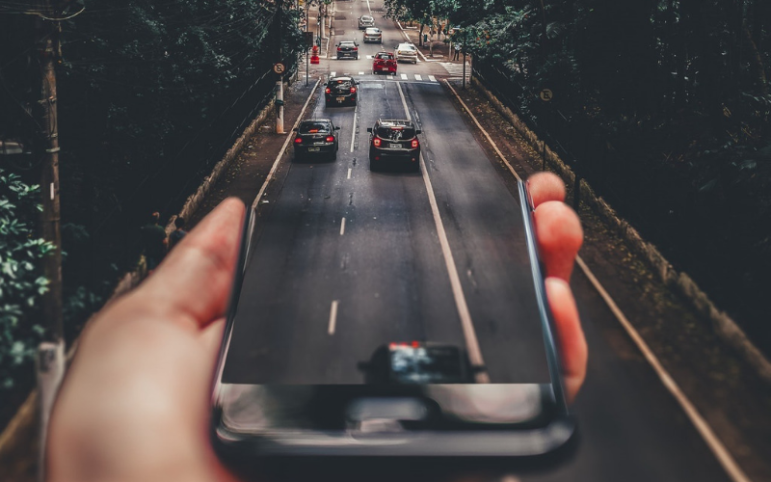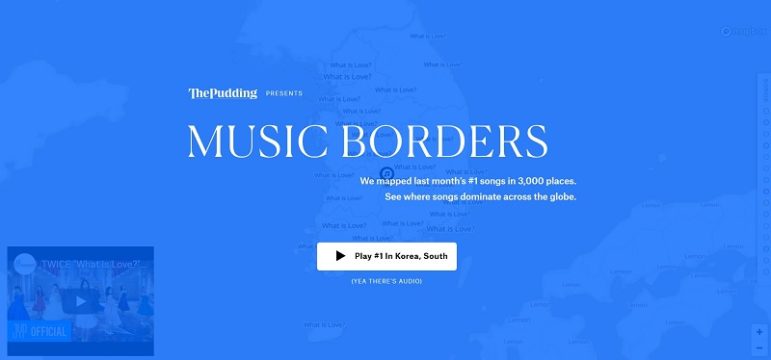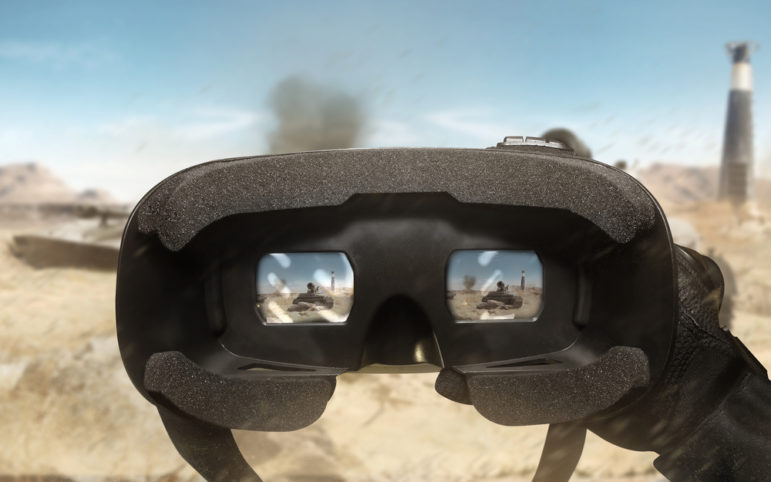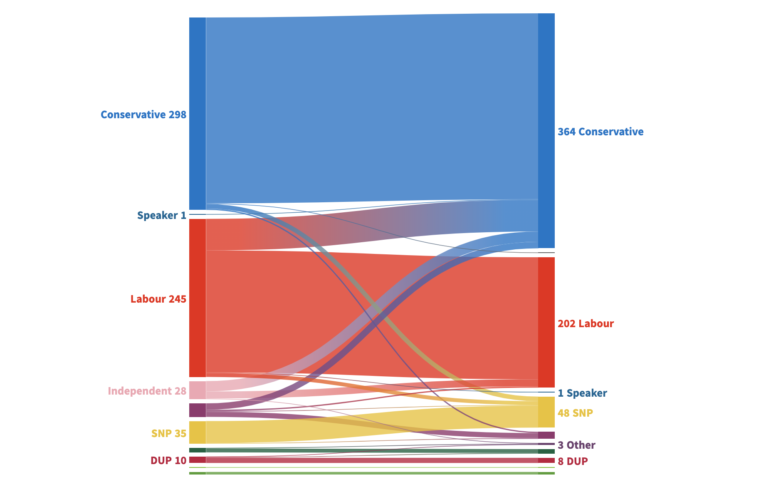

9 Types of Visual Storytelling on Mobile
In September 2017, the lead producer for the BBC Internet Research & Future Services, Tristan Ferne, identified 12 different story formats used in digital news. With new formats constantly emerging, Emma-Leena Ovaskainen, a visual journalist for Finland’s biggest daily newspaper Helsingin Sanomat, has modified the list and made her own additions — with helpful examples!
In this study I found nine different forms of storytelling. The examples on this page are from media I covered in this project. Note that they are best experienced with a mobile phone.
1. Short Video, Short Documentaries, Explainers
Pioneered by AJ+ and NowThis, these are used in many newsrooms. The style uses video, stills and animation or is combination of these; mostly captioned and subtitled.
- Guardian animations and explainers: Cambridge Analytica
- New York Times visual investigations: Texas shooting
- BBC: Your phone is now a refugee’s phone
- BBC short stories: Biggest thank you who shared this (heart) with me
- Washington Post docs: The women who want to mute R. Kelly
2. Stories, AMP Stories, Swipeable Cards
Card-like visualizations with headlines, captions and text banners. These evolved from the storytelling tools inside social platforms like Snapchat Stories and Instagram.
- Guardian, Washington Post, New York Times: Instagram Stories
- BBC Swipey: Cassini: A mission of astonishing discovery or Suffragists or suffragettes
- Washington Post AMP stories: A city destroyed by riot
- NBC: Flu Frenzy
3. Long-form Scrollytelling
Linear, narrative visual storytelling that’s mostly used in feature stories. Parallax scroll used to create smooth transitions in between different parts of the story; the popular digital storytelling tool — Shorthand — is used, for example, at the BBC.
BBC World languages service: Modern women in the land of Genghis Khan
New York Times: How I learned to look believable
Washington Post: Six teens and the wounds they carry
4. Data Visualisation, Visual Essay, Visual Story, Blended Media Storytelling
Graphs, infographics, interactives or highly visually story that has no main text narrative element, but the text and typography are part of the visuals .
- Guardian: Bezos empire and How Cape Town is running out of water
- Washington Post: How key senators changed their positions to bring down Obamacare repeal
- The Pudding: Music borders
- NBC Specials: Bail reform
- Quartz: Was the Nepal earthquake twice as big as we thought?
- New York Times: How Rohingya escaped
5. Structured Articles, Listicles, Newsletters and Briefs
This includes listicles, which are usually numbered or otherwise structured under one theme or title, and articles structured into themes with strong typography or visuals. Listicles became popular in BuzzFeed and Huffington Post, but have been a widely adopted format in mobile news. Guardian Mobile Lab has studied the idea of “atomized” stories with their Smarticles, where you can continue reading a story wherever you left off.
- NYT: Best places to go
- Guardian: Daily briefing
- Washington Post’s Lily: Newsletter
- Quartz: How We’ll Win
6. Personalized Storytelling, Adapting Stories
Used to filter the stories by one’s personal choice, creating a personalized article in the end. Found to be very engaging; people spend more time with a story that they find meaningful to their lives.
- NBC: Policing the schools
- The Times: Best place to live
- BBC: Life expectancy calculator and NHS Tracker
7. Live Blogging
Mainly used for large-scale events like breaking news, sports and cultural events and are visualized with short text pieces and updated frequently with photos, video and user generated content from social media.
- Guardian: Match report
- New York Times: Trump Nato live briefing
8. Bots, Automated Storytelling
This includes applications that create automated storytelling, as newsrooms experiment with more efficient ways to produce sports and election reporting.
- Quartz news app
- BBC bots projects
9. 360-degree Visuals, Virtual and Augmented Reality
There is a lot of testing around virtual and augmented reality. The Guardian and the New York Times Magazine have done a series of virtual reality stories for their own apps. Google also teamed up with NBC to create VR experiences.
- New York Times: Daily 360 and Rethinking Rikers
- BBC: Virtual reality
- Guardian: Virtual reality
This post first appeared on Emma-Leena Ovaskainen’s site and is reproduced here with permission.
 Emma-Leena Ovaskainen works as a visual journalist for Finland’s biggest daily newspaper Helsingin Sanomat. Her work includes designing the news in print and digital products. She has worked for various media for over 20 years, first as a writer at newspapers and as a radio reporter for Finnish Broadcasting Company YLE.
Emma-Leena Ovaskainen works as a visual journalist for Finland’s biggest daily newspaper Helsingin Sanomat. Her work includes designing the news in print and digital products. She has worked for various media for over 20 years, first as a writer at newspapers and as a radio reporter for Finnish Broadcasting Company YLE.










